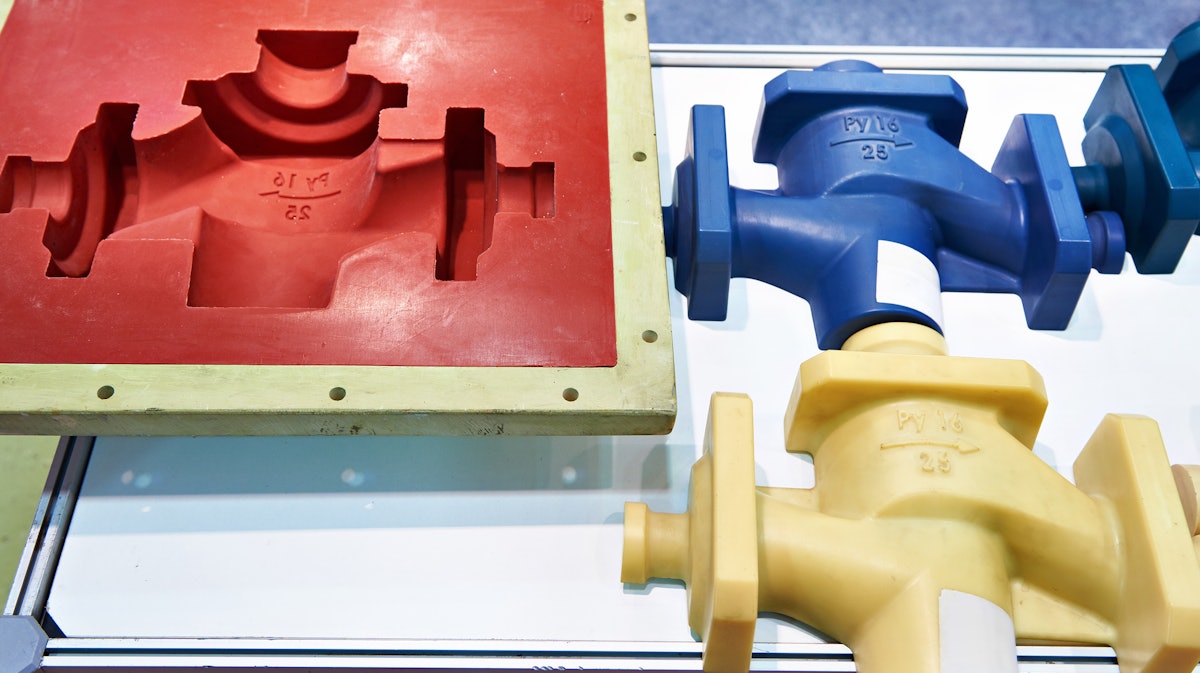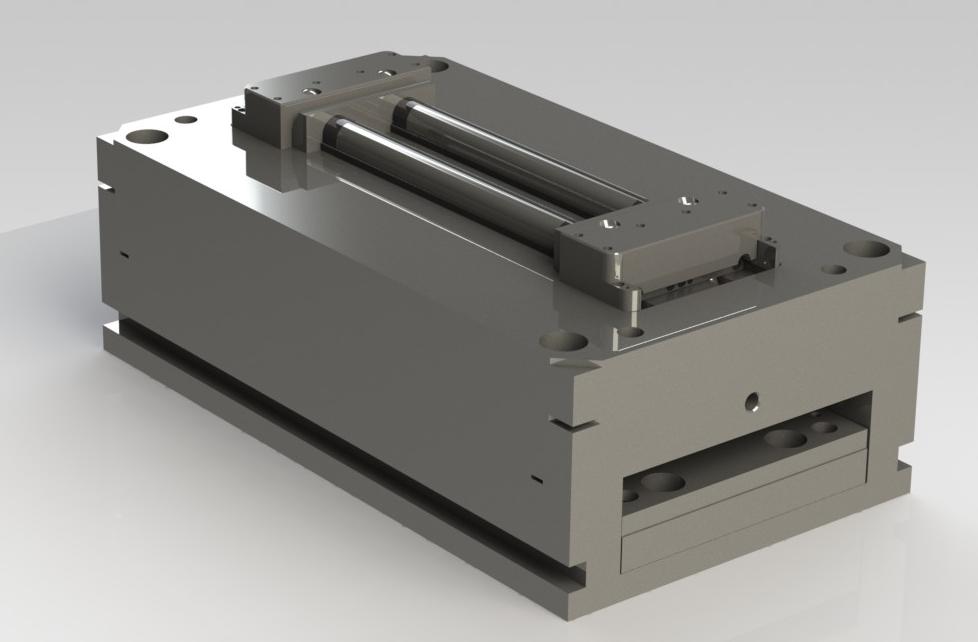Top Guidelines Of Manufacturings
Wiki Article
See This Report about Plastic Manufacturing
Table of ContentsThe Ultimate Guide To Hon Hai PrecisionThe Single Strategy To Use For Lean ProductionWhat Does Plastic Manufacturing Mean?The Facts About Manufacturing RevealedSome Known Questions About Lean Manufacturing.Some Known Factual Statements About Manufacturing Industries
The text on this web page is an example from our complete White Paper 'Shot Moulding for Customers' - * Sample text * - for complete overview click the download switch above! Intro This overview is intended for people that are seeking to resource plastic mouldings. It provides a much required insight into all that is involved with producing plastic parts, from the mould tool required to the moulding process itself.If you intend to check out further, the guide covers kinds of mould tools, as well as unique ending up procedures such as colours & plating. Words that are highlighted can be found in the reference in the appendix ... Component I: Moulding: The Basics The Advantages of Shot Moulding Plastic shot moulding is a really precise process that provides numerous benefits over other plastic processing methods.
Precision is best for extremely intricate components. Compared to other methods, moulding enables you to include more features at very little tolerances. Have a look at the photo to the right. lean production. You can hold this moulding in the hand of your hand and also it has managers, ribs, steel inserts, side cores as well as holes, made with a sliding turned off attribute in the mould device.
5 Simple Techniques For Oem


The Buzz on Plastic Manufacturing
from material feed & melting; material injection; shot time and ejection as well as the re-closing of the mould tool ready device the next cycle. Draft angles - The walls of a moulded component need to be somewhat tapered in the instructions in which the part is ejected from the mould device, to allow the component to be ejected easily.Ejector stroke - The pressing out of ejector pins to eject the moulded component from the mould device. Ejector stroke speed, length and also timing requires to be thoroughly managed to stop damages to the ejectors and mould tool, but at the very same time make the moulding cycle as short as feasible.

The Greatest Guide To Lean Manufacturing
Ribs - When a plastic component has slim walls, ribs are included in the layout to make the thin walls more powerful Side cores - Side action which produces a feature on a moulded part, at an opposing angle to the regular opening direction of the mould device. mfg. The side core needs to be able to pull back as the plastic part can not be clothing factory expelled or else.
Wall surfaces - The sides of a moulded component The message on this web page is an example from our full White Paper 'Injection Moulding for Buyers'.
Manufacturing process for producing parts by injecting molten material into a mould, or mold and mildew Streamlined representation of the process Injection moulding (united state punctuation: injection molding) is a manufacturing procedure for generating parts by injecting liquified product right into a mould, or mold and mildew. Injection moulding can be performed with a host of products generally consisting of metals (for which the procedure is called die-casting), glasses, elastomers, confections, and the majority of commonly thermoplastic and also thermosetting polymers. Shot moulding is extensively used for producing a selection of parts, from the smallest parts to whole body panels of cars. Shot moulding uses a special-purpose maker that has 3 components: the injection unit, the mould as well as the clamp.
Some Ideas on Manufacturing You Need To Know
, with the volume utilized of the former being substantially higher.: 13 Thermoplastics are prevalent due to characteristics that make them extremely appropriate for injection moulding, such as simplicity of recycling, flexibility for a wide range of applications,: 89 and capacity to soften and Bonuses stream on heating.In multiple cavity moulds, each cavity can be identical as well as form the very same components or can be distinct as well as develop several various geometries during a solitary cycle. Moulds are oem usually made from tool steels, yet stainless-steels and also aluminium moulds appropriate for sure applications. Aluminium moulds are generally ill-suited for high quantity manufacturing or get rid of narrow dimensional tolerances, as they have substandard mechanical properties as well as are a lot more vulnerable to wear, damage, as well as contortion throughout the injection as well as clamping cycles; nevertheless, aluminium moulds are cost-efficient in low-volume applications, as mould manufacture expenses as well as time are significantly decreased.
The screw delivers the raw material ahead, mixes and homogenises the thermal as well as thick circulations of the polymer, and also reduces the required heating time by mechanically shearing the material and adding a considerable quantity of frictional home heating to the polymer. The material feeds ahead with a check shutoff and gathers at the front of the screw into a quantity referred to as a shot. When sufficient material has gathered, the product is required at high stress and also rate into the component developing dental caries. The precise amount of shrinkage is a function of the resin being used, and also can be fairly foreseeable. To avoid spikes in pressure, the process typically uses a transfer placement representing a 9598% full cavity where the screw changes from a continuous velocity to a constant stress control.
6 Simple Techniques For Lean Production
The packing stress is used until the entrance (dental caries entrance) solidifies. Due to its small size, the gate is usually the initial place to solidify through its entire thickness.: 16 Once the gateway strengthens, no even more product can get in the cavity; as necessary, the screw reciprocates as well as obtains material for the next cycle while the material within the mould cools down so that it can be expelled and also be dimensionally stable.Report this wiki page